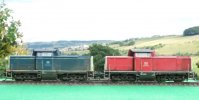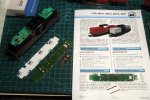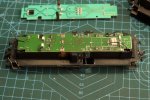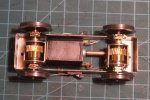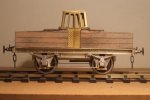And now for something completely different. Another electric loco....how boringly uncool, yawn, yawn, I hear you say

Having acquired this kit a year ago and with my modelling mojo slowing returning

after a heart op 15 months ago, I started faffing around wielding a hot stick

.
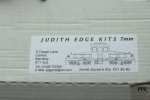
The kit is a bit basic and is a scaled up version of the 4mm version with some panels being suitable for a battleship. The instructions are text (no pictures or drawings showing how parts go together) and relies on a degree of kitbuilding experience.
Firstly by building the truck inner frames, which already shows the bearings I'm using - 1/8'' roller/ball race bearings.
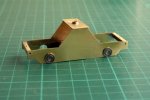
The instructions tell you to mount the frame stretcher to the inner frame and then solder the outer frames once you have inserted the wheels, gears etc. Something I'm not in favour of as it makes painting difficult. As can be seen in the photo above I made up some end stretchers from square brass tube for the inner frames.
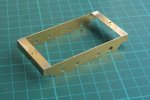
The outer frames were made up and are mounted to the inner frames by M1.4 screws.
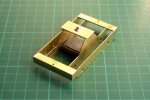
This shows the some of the components for the drive trucks. SDMP/Finney 7 gearboxes, Slaters wagon wheels (alas not the chocolate variety) and the Roxey universal joint drive shaft. Brass tube was used to sleeve from 1/8'' to 3/16'' for the gearboxes.
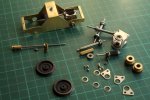
Before the one shot assembly the inner trucks were given a blast of etch primer. However, in a worst case scenario I can disassemble the trucks as the bearings are only an interference fit.
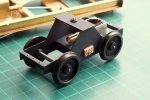
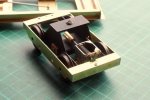
In between all of this I did make up the sill/underframe which also had a few modifications. I wanted a central motor drive - ideally all axle - but I settled for driving the two outer axles. As a result the motor does protrude above an below the sill and I lose some daylight underneath - one of the compromises I settled for.
The next sequence shows how the trucks appear in the sill/underframe and the scratchbuilt motor mount.
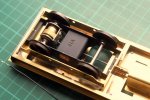
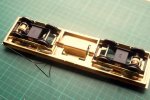
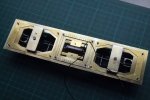
And sitting on a Peco Setrack curve.
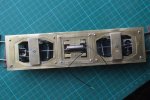
And it does work under power, naturally........



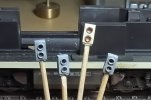
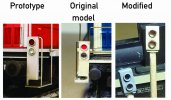

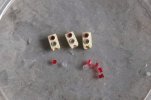
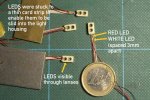
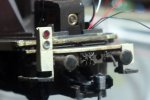
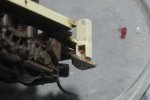
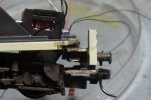
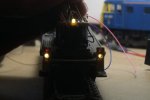
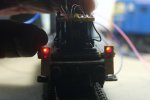


 .
.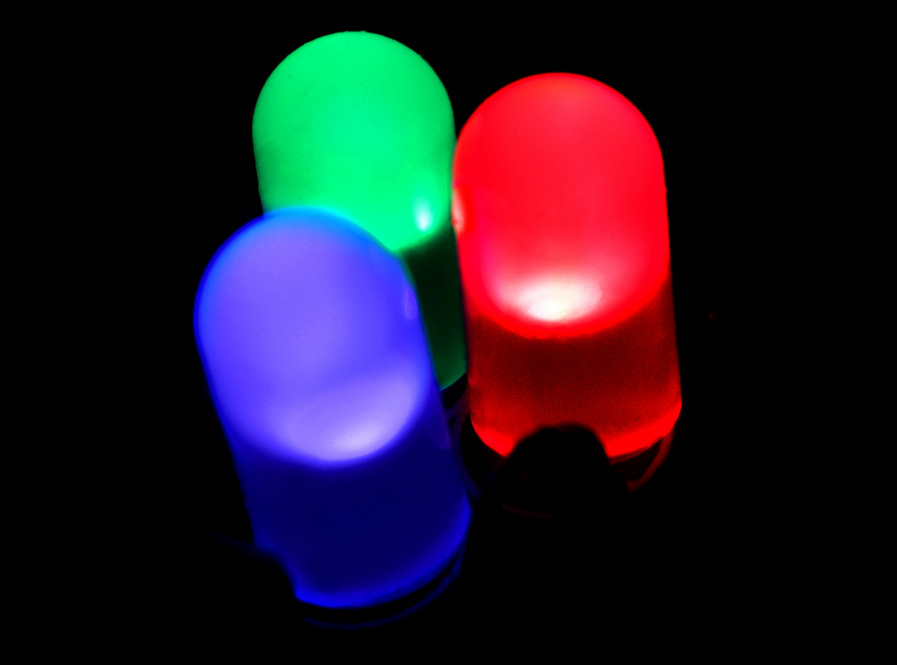
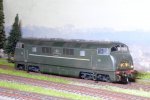
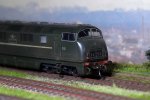
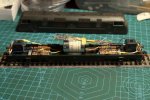
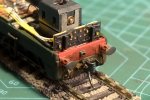
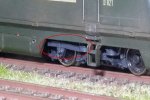
 .
.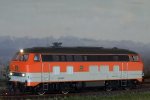
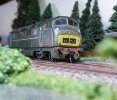

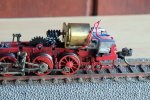
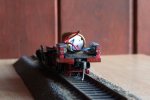
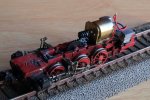
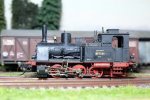
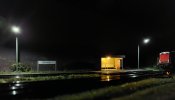
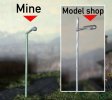
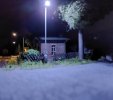
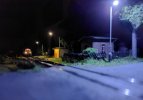
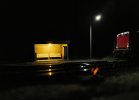
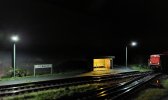
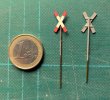
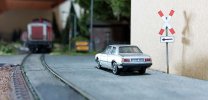
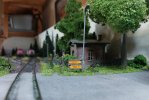
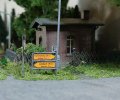
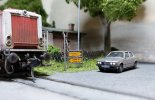
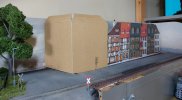
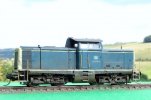
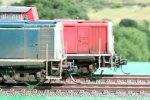
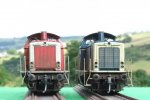
 - as was the original Märklin and the current Märklin/Trix, Brawa and Piko HO models. Alas the Fleischmann HO V100 was 1:85, although a nice model.
- as was the original Märklin and the current Märklin/Trix, Brawa and Piko HO models. Alas the Fleischmann HO V100 was 1:85, although a nice model. 